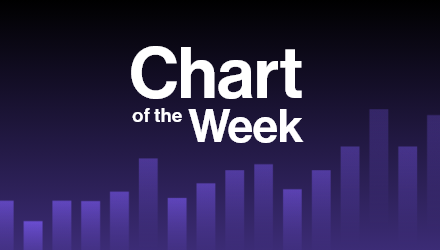After a rough 2022, U.S. stocks bounced back in the first six weeks of 2023 amid optimism that cooling inflation will result in a stronger economy and a return to earnings growth. However, we wanted to see where advisor optimism was the strongest. During a webcast with Nationwide at the end of January, VettaFi asked nearly 300 advisor attendees, “Which market sector(s) do you believe offer attractive investment opportunities over the next 6-12 months?” The overwhelming choice was small-caps (59%), ahead of innovation/technology (44%), with industrials (33%) and large-caps (32%) selected even less frequently; advisors could and often did select more than one style.

The typically higher-risk-higher-reward small-cap index ETFs have rallied more than their higher-quality large-cap counterparts in 2023, regardless of what asset manager or index provider you focus on.
For example, the SPDR Portfolio S&P 600 Small ETF (SPSM) was up 10.9% year-to-date through February 10, ahead of the 8.0% gain for the SPDR S&P 500 ETF (SPY). Meanwhile, the iShares Russell 2000 ETF (IWM)’s 10.5% return had bested that of the iShares Russell 1000 ETF (IWB) by 225 basis points. Similarly, the Vanguard Small-Cap ETF (VB) rose 10.6%, easily ahead of the Vanguard Large-Cap ETF (VV)’s 8.2%. SPSM and VB both charge expense ratios of 0.05%, while IWM’s fee is 0.19%.
Despite similar names, these popular small-cap ETFs are not constructed the same. For example, VB’s recent median market capitalization of $5.3 billion was much larger than SPSM’s $1.5 billion. Meanwhile, the index behind SPSM is alone in requiring that constituents have positive as-reported earnings over the most recent quarter, as well as the four most recent quarters summed together.
However, IWM, SPSM, VB, and many other funds that track the same underlying indexes are built based on a security’s market cap, meaning that companies like Applied Industrial Technologies, Crocs, and IDEX Corporation are top positions in the ETFs based on past performance and nothing else. Multi-factor small-cap ETFs can make sense for advisors wanting a more discerning, fundamental approach to gaining exposure to potential up-and-coming companies.
Examples include the Goldman Sachs ActiveBeta US Small Cap Equity ETF (GSSC) and the iShares MSCI USA Small-Cap Multifactor ETF (SMLF). Both ETFs incorporate low-value, high-quality and strong price momentum factors in the index-based security selection process. GSSC adds a low-volatility metric to the mix, while SMLF instead favors smaller companies. SMLF and GSSC rose 10.8% and 10.1%, respectively, to start the year, and charge expense ratios of 0.15% and 0.20%.
Multi-factor ETFs provide a lower cost alternative to active management, but some advisors may still prefer to have a discretionary portfolio management team at the helm making the selections. Unfortunately, there are not as many active small-cap ETFs as there are active large-cap funds, since daily disclosure requirements can provide a challenge with less liquid securities.
However, the Avantis U.S. Small Cap Equity ETF (AVSC) and the Dimensional U.S. Small Cap ETF (DFAS) are a couple of examples. The ETFs also take low valuation and high profitability into account, but management can buy and sell positions throughout the year rather than at pre-determined periods based on index criteria. Though the fees are higher for these active ETFs than the above index-based products, active small-cap ETFs charging less than 0.30% should be appealing compared to active mutual funds that often cost three times as much.
For more news, information, and analysis, visit the Core Strategies Channel.


